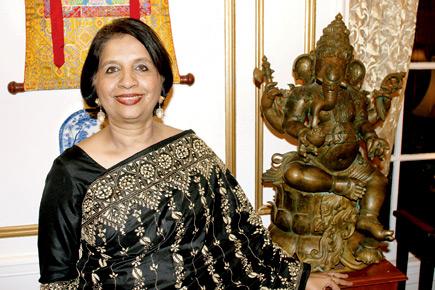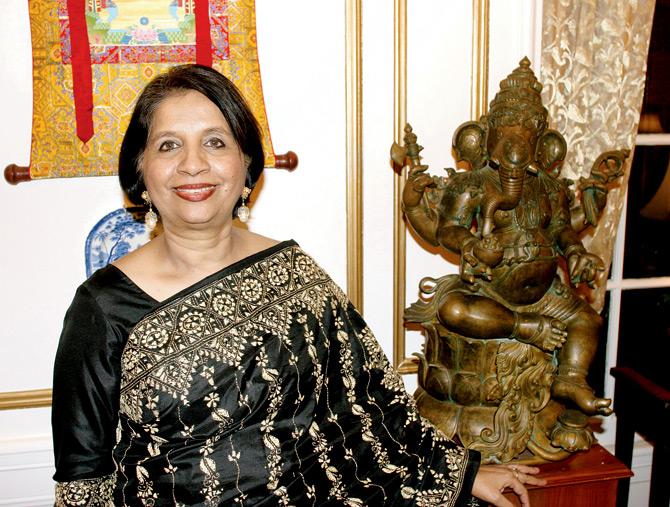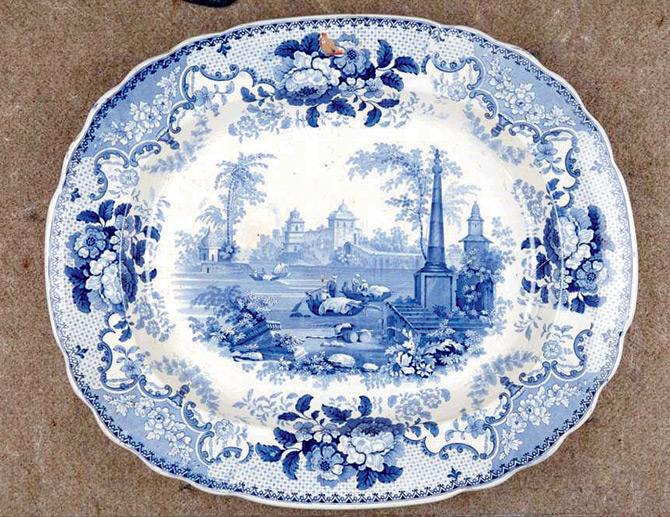An 18th century art form thrived on capturing the exotic east for the Western imagination. Former ambassador Nirupama Rao wants to tell you more

Nirupama Rao
It’s the sort of thing that jumps out at you when you read an event announcement: Former (and much celebrated) ambassador Nirupama Rao hosting a lecture for Asia Society India on Transferware. Admittedly, we had to Google Transferware.
ADVERTISEMENT

Getty Images
It, says Rao, even as she takes a call over a poor network in the interiors of Karnataka, is the term given to watercolour paintings, largely with aqua tint, copied on copper plates. Facsimiles would be transferred, hence the term transferware, on porcelain — plates, cups, bowls. That, however, is not the most fascinating bit about this art form that emerged in the 18th century.

The Water Palace at Mandoo, 1790
Rao, who has previously conducted a similar lecture in Bengaluru last August, tells us that often, the Transferware produced in the 1700s and first half of 1800s would carry images of India.
“Most of the paintings that made it to Transferware were reproductions of paintings by William Daniells and his nephew Thomas. However, not all depictions are true portraits. For instance, there are paitnings from north India that depict palm trees, which would not have existed there,” she says.
One of the first pieces Rao came across was titled Death of the Bear. Transferware about India would often depict scenes from the country. “There’d be hunting scenes, or scenery, capturing Western imagination,” she adds.
The Death of the Bear, which she picked from an antique store in Colaba, became the first member of her collection which now boasts 37 pieces purchased from across UK and America.
“Buying Transfware is an expensive prospect,” she admits, “though not prohibitively expensive.” However, it’s the maintenance that’s tough, considering how fragile they are. “Once, while I was the ambassador of Washington, I was hosting a reception for a dignitary and there was a live jazz performance in the house,” she says. “The floors were wooden and vibrated as the tempo of the music increased. I saw a piece travel across the showcase and fall off, but there was no way I could have stopped it since I was at the other end of the room.”
While Transferware is still produced, the kind that depicts history is “impossible to find now”. What is being produced currently is via a mechanical process, not hand-drawn paintings. It’s the bygone India that Rao misses when she looks at these ceramics. “Look at what the Ganga is today. A depiction of Mangir in Bihar, showed sailboats on the river. Transferware is a picture of what we have lost.”
 Subscribe today by clicking the link and stay updated with the latest news!" Click here!
Subscribe today by clicking the link and stay updated with the latest news!" Click here!








